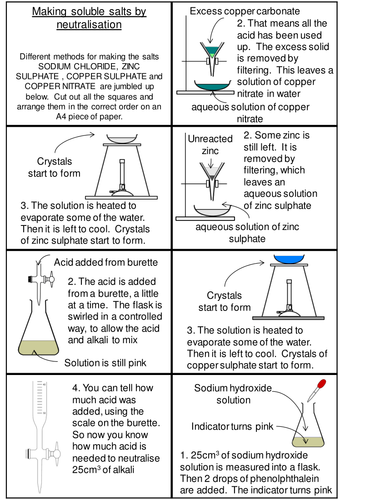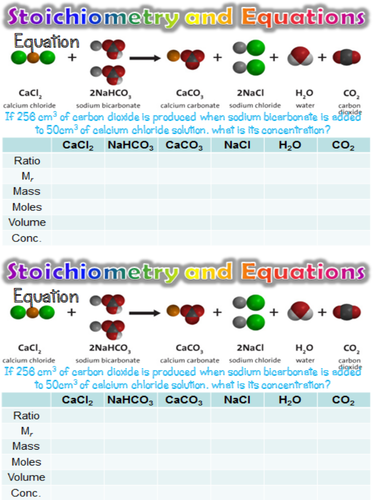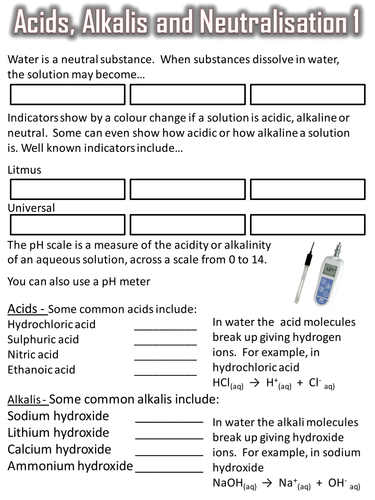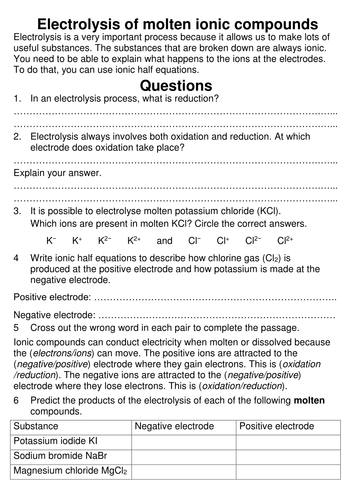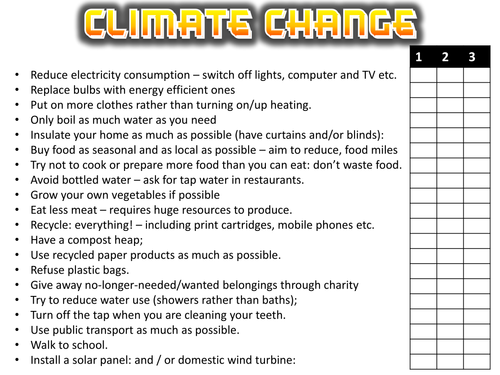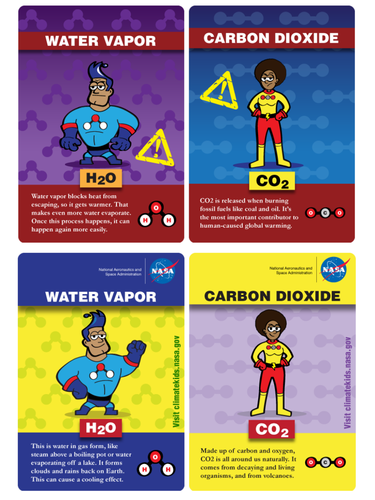
133Uploads
190k+Views
309k+Downloads
Chemistry

AQA Trilogy / Chemistry - Measuring rates of reaction - graphical data
A lesson on using graphs to find the rate of reaction with accompanying assessment questions and answers

AQA Trilogy / Chemistry - Testing for gases
A fully resourced lesson (potentially 2) to teach pupils through experiment and demo, how to test for oxygen, hydrogen, carbon dioxide and chlorine. A video is also linked to the presentation

Crude oil and hydrocarbons
An introductory lesson on organic chemistry. Pupils are reminded of separation techniques used to separate mixtures and the definition of a mixture before the idea of crude oil as a mixture that needs to be separated to make it useful is introduced

AQA Trilogy / Chemistry - Acids and bases
A presentation and worksheet guiding pupils through identification of the ions responsible for acidity and alkalinity and the ionic equations to describe the formation of water during neutralisation reactions. Neutralisation equations are also consider along with salt formation

Making soluble salts card sort
Produce your own set of cards for pupils to arrange or print out and put both sheets on one A4 sheet for pupils to cut and stick. Ideal for medium to low ability to reinforce the similar techniques in some methods

Molar Gas Volume and Stoichiometry
Stoichiometry pathway to help pupils with calculations in chemistry. The presentation also covers the topic of molar gas volume.

Acids, bases and neutralisation
Presentations and worksheets for 2 lessons. The first lesson introduces the concept of neutralisation for GCSE and how to write word equations for neutralisation reactions. The second lesson is a practical on the preparation of a sample of a salt by the neutralisation of an acid with a suitable metal.

Electrolysis of molten ionic compounds
A presentation and a couple of worksheets to guide students through the concept of electrolysis of molten ionic compounds. The presentation reminds pupils of OIL RIG and the electrical conductivity of ionic compounds before tackling the more challenging aspects of the topic

An introduction to the Periodic Table - New 2016 GCSE Chemistry
A fully resourced lesson starts with a word search to find elements from the Periodic Table. A quick recap of information students may be aware of from KS3 before discussing groups and periods. There is a colouring activity to label various sections of a Periodic Table that is then used to complete a group activity. A series of questions to challenge understanding is used to secure knowledge before a plenary that ask students to try and talk for as long as possible about what they have learnt about the Periodic Table

Climate change
A presentation and worksheet about climate change and how it link to global warming. The presentation has an embedded video and various activites

The Greenhouse effect
A fully resources lesson with a presentation about the greenhouse effect. Keywords are discussed. The main gases responsible for the greenhouse effect are introduced with an activity to research each gas and its effect. This lesson is suitable for KS3 and KS4

New GCSE - Cracking Crude Oil
A fully resourced lesson with assessment on the cracking of crude oil. The starter is a data analysis activity that links in to the leaning objective. Cracking of hydrocarbons is covered before pupils are asked questions on the reasons for the process and how it is carried out. The plenary is an assessment question.

Group 0 - the Noble Gases
A fully resourced lesson with various activities linked to the discovery and trends in properties of the noble gases. Also included an activity on the uses of noble gases
Bundle

New AQA GCSE Chemistry resources
All resources are suitable for the AQA Chemistry / Trilogy / Synergy GCSE. Various topics are covered from alkali metals to cracking crude oil and soluble salts.

AQA Chemistry / Trilogy - Metals and Oxygen
A presentation about the reactivity of metals with water, introducing the concept of reduction and oxidation in terms of oxygen
Bundle

Revision Clocks - AQA Trilogy
A separate revision clock for each unit in the AQA trilogy course
7 Biology
9 Chemistry
7 Physics

AQA Trilogy / Chemistry - Ionic compounds
A couple of presentation that teach pupils how to draw dot and cross diagrams to represent bonding in ionic compounds and to show how the ionic lattice is formed. The resource also contains worksheet to support the working out the formula of ionic compounds. A cut out activity based on ion charge can be used to support students

AQA Trilogy - C10 -Finite Resources
How much do we depend on the Earth’s natural resources? - A presentation that poses this question and then gets pupils to interpret graphs. Key terms and ideas are discussed

Revision clocks - Chemistry paper 2 - AQA Trilogy
The last 5 units for the Chemistry Paper 2 split into sub sections. Pupils are to spend no more than 4/5 minutes on each section to try and ensure that the whole of a topic is covered.
Bundle

AQA C8 Chemical Analysis - Trilogy
The resources to teach the trilogy chemical analysis unit including the required practical





